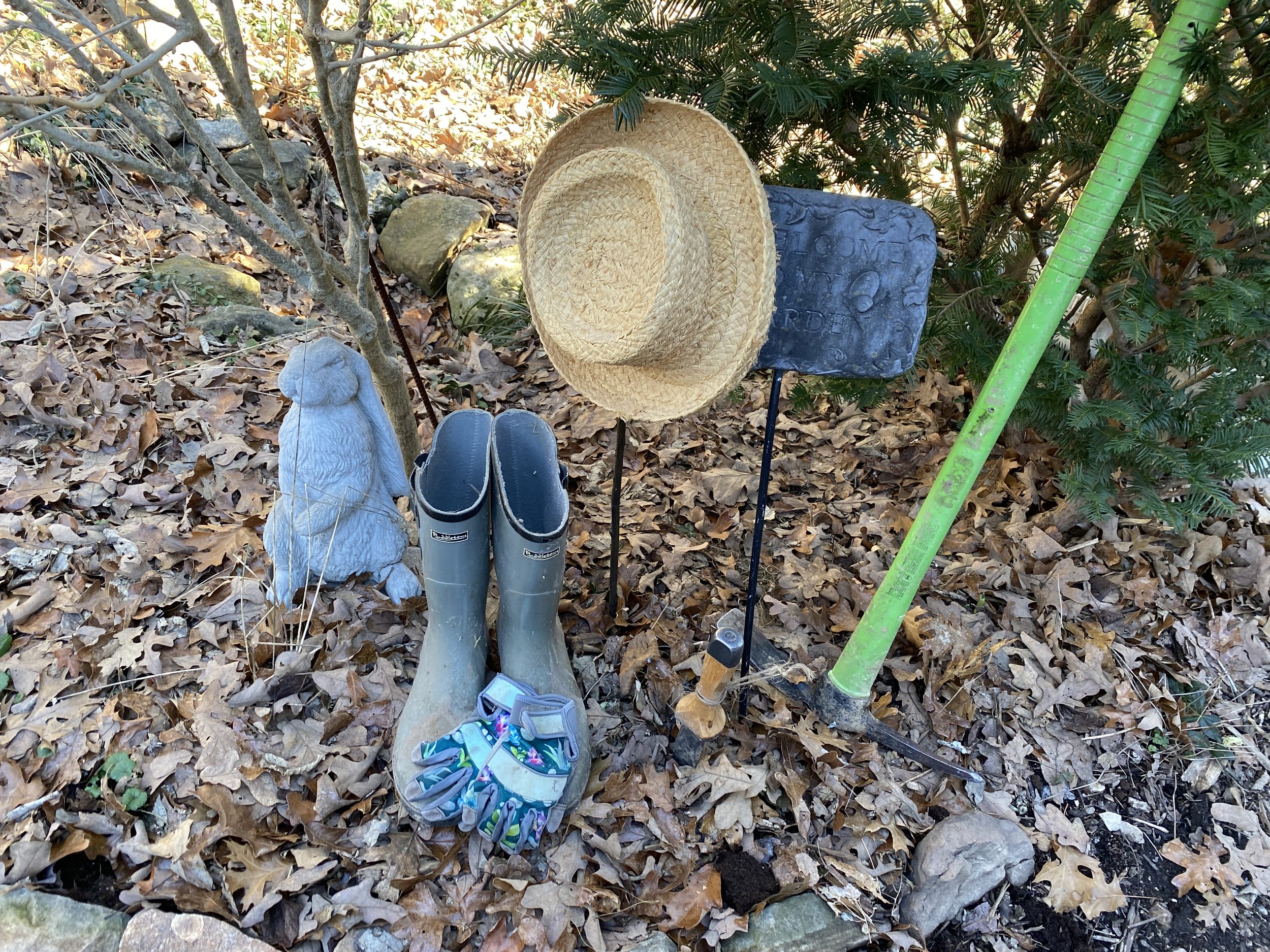1961 Complete Guide to Garden Flowers
/I bet I can describe this jacket cover in my sleep! (Photo by Charlotte Ekker Wiggins)
1961 Complete Guide to Garden Flowers
If there was one book my grandmother sent me for Christmas that had the most influence over the years, this is it. The 1961 Complete Guide to Garden Flowers used to sit next to my bed for years, the favorite book to peruse as I was getting ready to sleep.
That turned out to not be such a good idea since once I started, I could spend hours browsing through the 1,000 illustrations and flower planting guides. I didn’t choose to live on a hillside but the photos of spring bulbs on a rise sure looks familiar during springs now in my garden.
The photos were a definite draw. What was even better were the detailed descriptions of flowers and their growing requirements. Six horticulturists contributed their expertise as book editors, which explains why this vintage gardening book still holds its value.
Photographs of daylilies, left, and delphiniums, right. (Photo by Charlotte Ekker Wiggins)
I know it’s easy to think that everything one needs to know is available on the internet but that’s not true. These older, vintage gardening books reflect a different time but still offer valuable information on how to successfully grow plant varieties.
As our climate continues to rapidly change, we will continue to lose species and these old books will also document varieties that we may no longer have.
If you’re looking for a gift for gardener who will enjoy this book, we have one edition in excellent condition for sale.
No, it’s not my original one, I have that one happily in my library in a place of honor next to my Grandmother’s photo. I have a feeling she knew what she was doing when she sent me that book!
Charlotte















































































